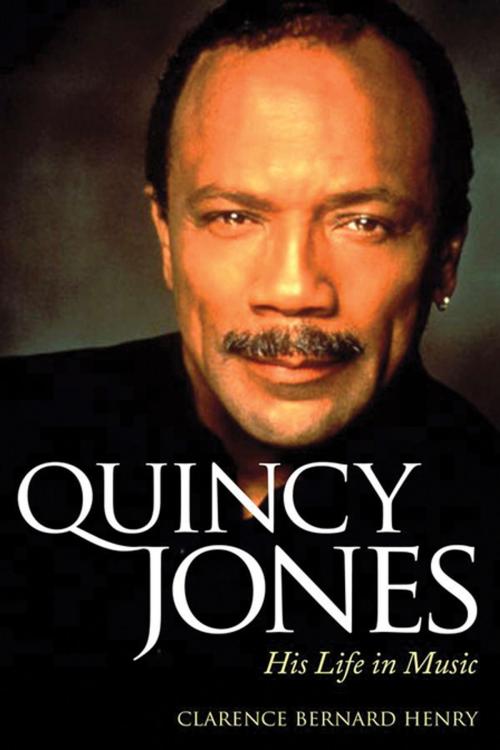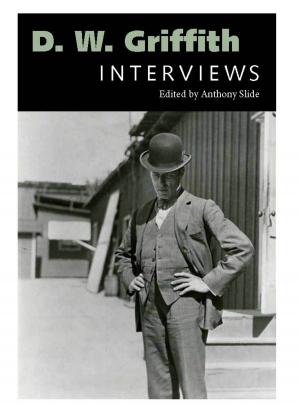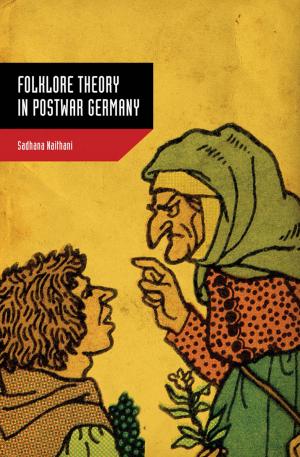Quincy Jones
His Life in Music
Nonfiction, Entertainment, Music, Theory & Criticism, History & Criticism, Reference, Biography & Memoir, Composers & Musicians| Author: | Clarence Bernard Henry | ISBN: | 9781628466188 |
| Publisher: | University Press of Mississippi | Publication: | October 7, 2013 |
| Imprint: | University Press of Mississippi | Language: | English |
| Author: | Clarence Bernard Henry |
| ISBN: | 9781628466188 |
| Publisher: | University Press of Mississippi |
| Publication: | October 7, 2013 |
| Imprint: | University Press of Mississippi |
| Language: | English |
Crockett Johnson (born David Johnson Leisk, 1906–1975) and Ruth Krauss (1901–1993) were a husband-and-wife team that created such popular children’s books as The Carrot Seed and How to Make an Earthquake. Separately, Johnson created the enduring children’s classic Harold and the Purple Crayon and the groundbreaking comic strip Barnaby. Krauss wrote over a dozen children’s books illustrated by others, and pioneered the use of spontaneous, loose-tongued kids in children’s literature. Together, Johnson and Krauss’s style—whimsical writing, clear and minimalist drawing, and a child’s point-of-view—is among the most revered and influential in children’s literature and cartooning, inspiring the work of Maurice Sendak, Charles M. Schulz, Chris Van Allsburg, and Jon Scieszka.
This critical biography examines their lives and careers, including their separate achievements when not collaborating. Using correspondence, sketches, contemporary newspaper and magazine accounts, archived and personal interviews, author Philip Nel draws a compelling portrait of a couple whose output encompassed children’s literature, comics, graphic design, and the fine arts. Their mentorship of now-famous illustrator Maurice Sendak (*Where the Wild Things Are*) is examined at length, as is the couple’s appeal to adult contemporaries such as Duke Ellington and Dorothy Parker. Defiantly leftist in an era of McCarthyism and Cold War paranoia, Johnson and Krauss risked collaborations that often contained subtly rendered liberal themes. Indeed, they were under FBI surveillance for years. Their legacy of considerable success invites readers to dream and to imagine, drawing paths that take them anywhere they want to go.
Crockett Johnson (born David Johnson Leisk, 1906–1975) and Ruth Krauss (1901–1993) were a husband-and-wife team that created such popular children’s books as The Carrot Seed and How to Make an Earthquake. Separately, Johnson created the enduring children’s classic Harold and the Purple Crayon and the groundbreaking comic strip Barnaby. Krauss wrote over a dozen children’s books illustrated by others, and pioneered the use of spontaneous, loose-tongued kids in children’s literature. Together, Johnson and Krauss’s style—whimsical writing, clear and minimalist drawing, and a child’s point-of-view—is among the most revered and influential in children’s literature and cartooning, inspiring the work of Maurice Sendak, Charles M. Schulz, Chris Van Allsburg, and Jon Scieszka.
This critical biography examines their lives and careers, including their separate achievements when not collaborating. Using correspondence, sketches, contemporary newspaper and magazine accounts, archived and personal interviews, author Philip Nel draws a compelling portrait of a couple whose output encompassed children’s literature, comics, graphic design, and the fine arts. Their mentorship of now-famous illustrator Maurice Sendak (*Where the Wild Things Are*) is examined at length, as is the couple’s appeal to adult contemporaries such as Duke Ellington and Dorothy Parker. Defiantly leftist in an era of McCarthyism and Cold War paranoia, Johnson and Krauss risked collaborations that often contained subtly rendered liberal themes. Indeed, they were under FBI surveillance for years. Their legacy of considerable success invites readers to dream and to imagine, drawing paths that take them anywhere they want to go.















